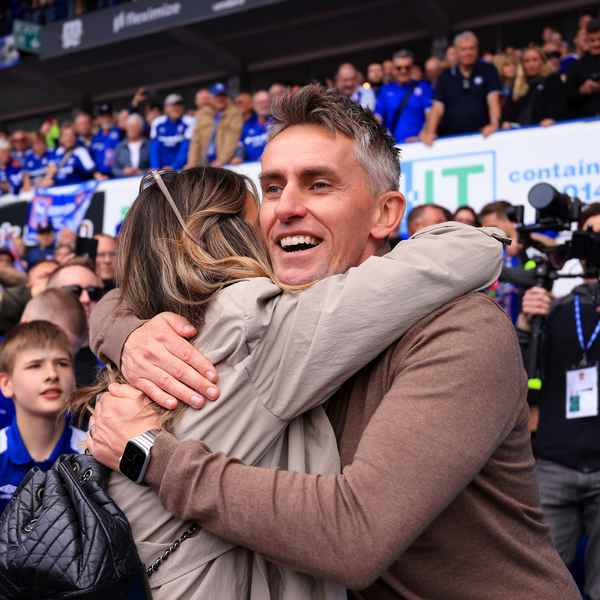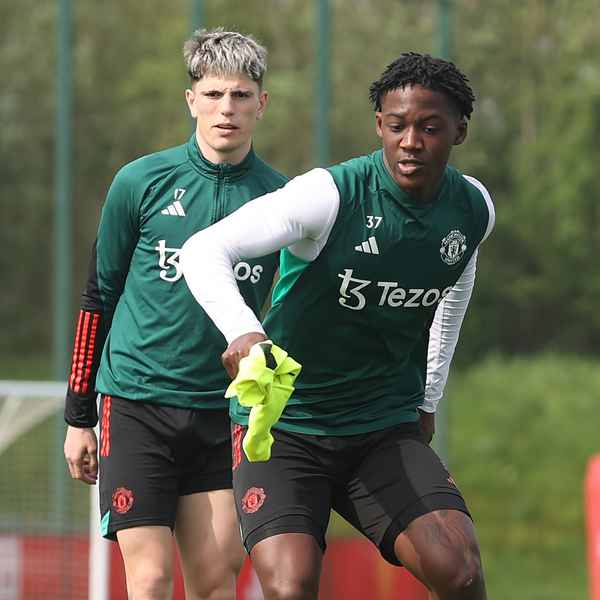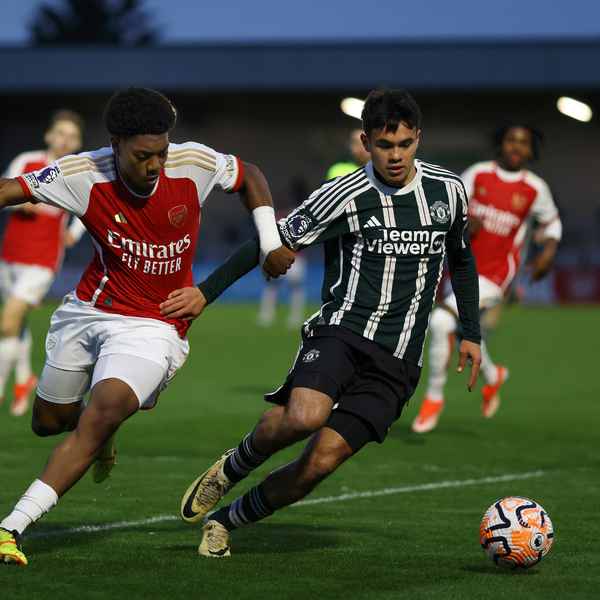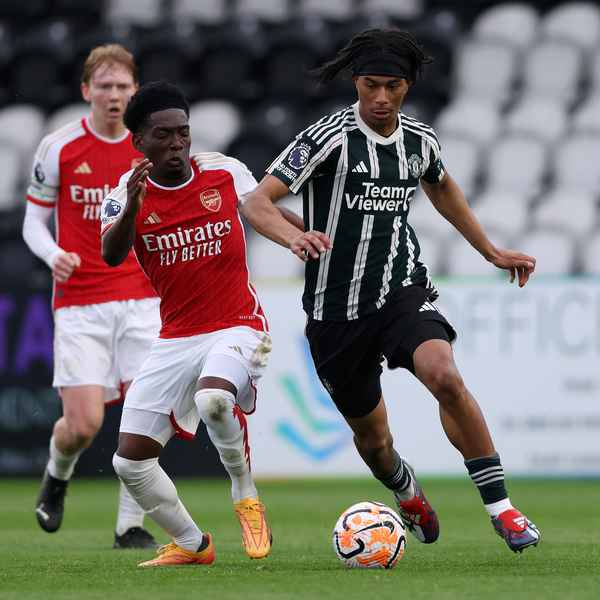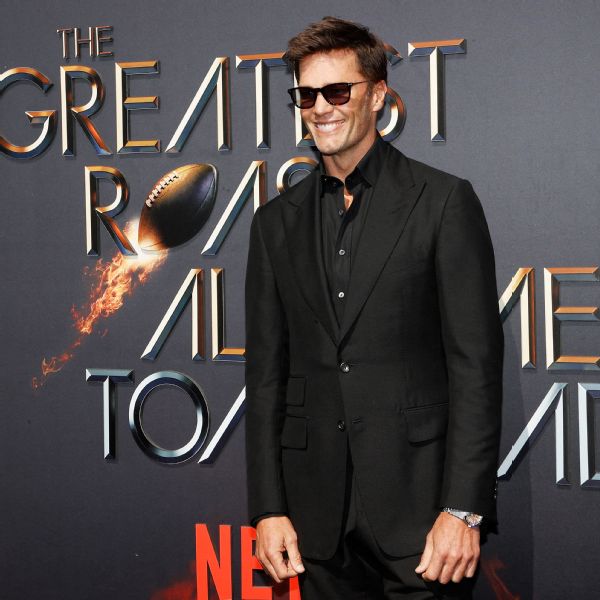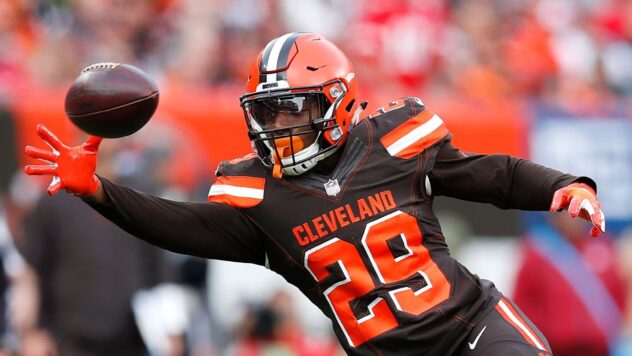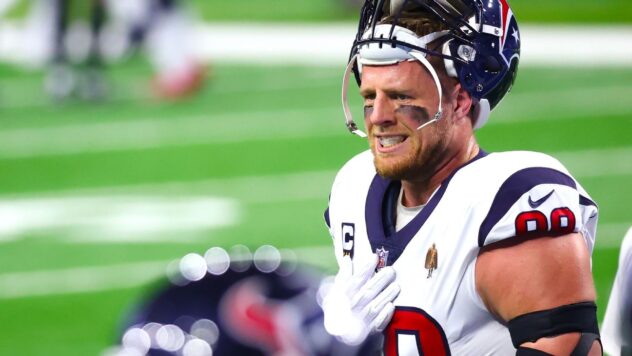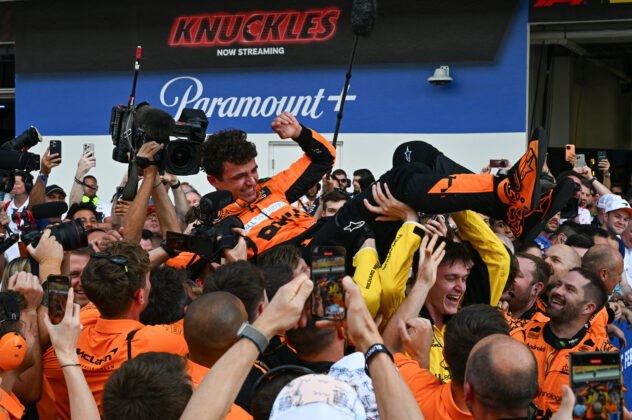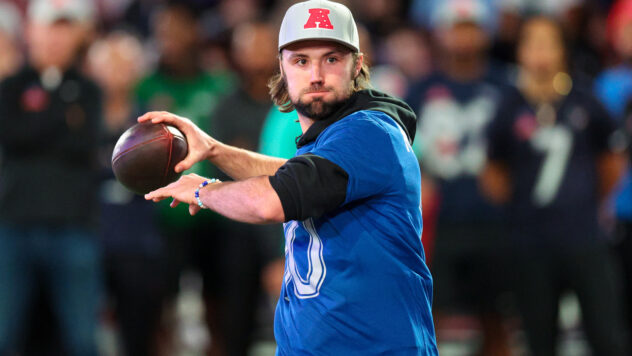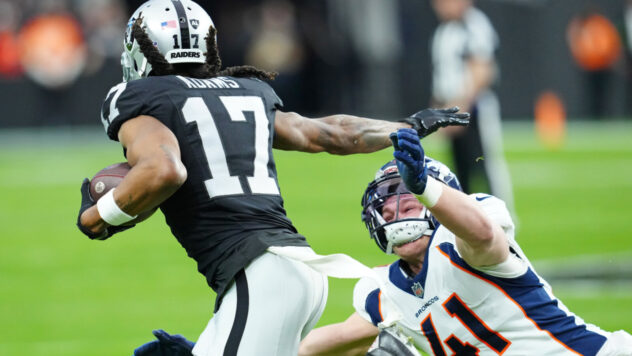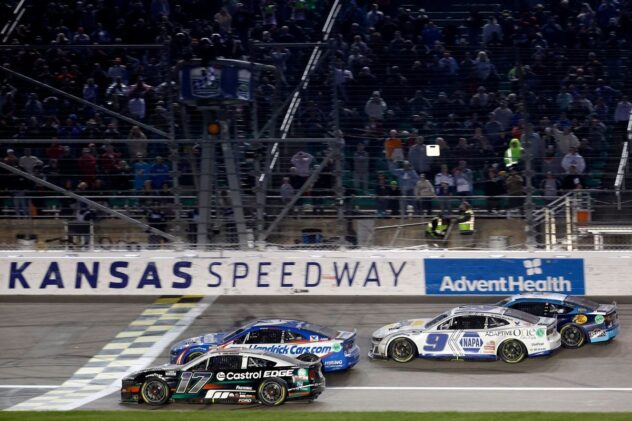Why Bruce was such a fabulous servant
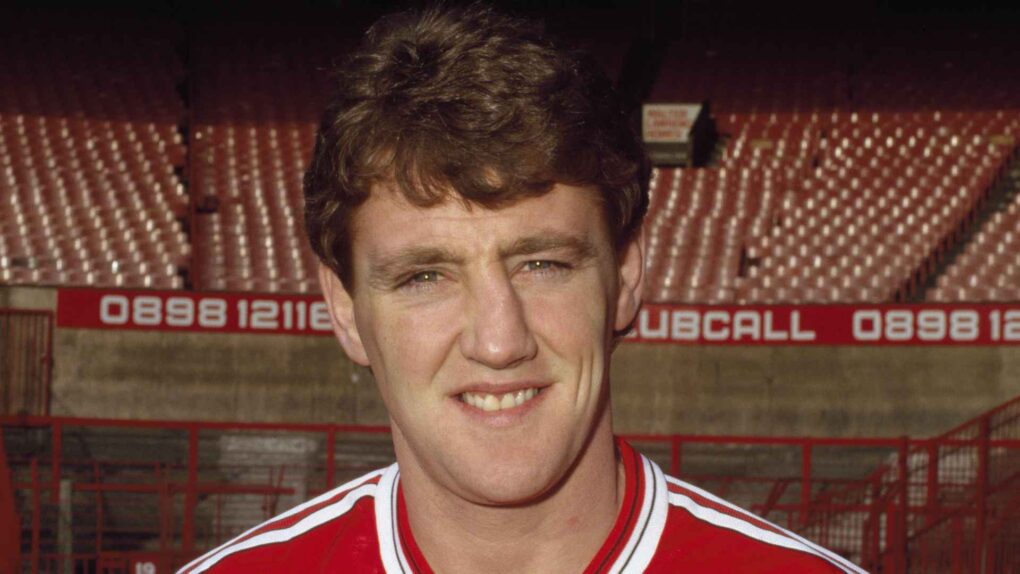
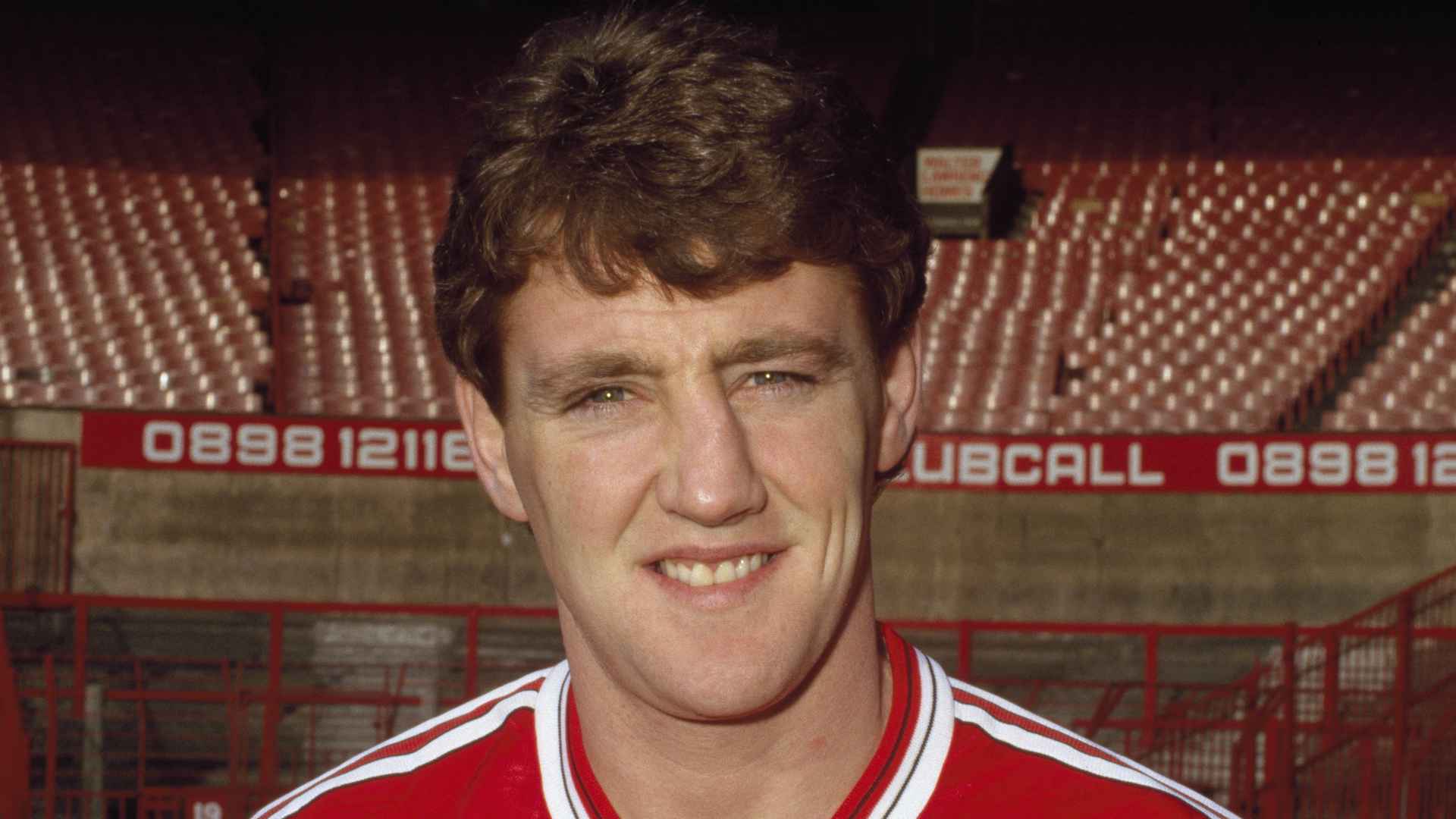
Initially, even establishing himself in the team would be a challenge, as he admits in the UTD Podcast, with rivals of the calibre of Paul McGrath, although the classy Republic of Ireland international was allowed to join Aston Villa in 1989. However, canny Scot Ferguson had identified that change was needed in this area of the pitch and knew he’d found the right man.
“Centre-backs were the foundation of my Manchester United sides,” he wrote in his autobiography ‘Managing My Life’. “Always
centre-backs. I looked for stability and consistency. Take Steve Bruce and Gary
Pallister: until I found those two, we were without a prayer. Paul McGrath was
constantly injured; Kevin Moran always had split heads. He was like a punch-drunk boxer by the time I became his manager.”
Bruce’s commitment to the cause, spirit and undoubted quality meant that, while some did lament the loss of McGrath, particularly when he did so well at Villa, it was obvious we had a real leader on our hands. As things began to improve under Ferguson, the stopper was a vital cog in the team that lifted the FA Cup in 1990, a trophy so important in providing some much-needed breathing space for the boss.
The following season, he grew in stature and importance, scoring an incredible 19 goals across all competitions after surprisingly taking on penalty duties, and helping the team win the European Cup Winners’ Cup on a first foray into Europe since the ban was lifted on English clubs in the wake of the Heysel Disaster. Brucey still insists to this day that his header was over the line before Mark Hughes got credited with the decisive touch in the final against Barcelona at Rotterdam!



